Radial expanding uterine cervical dilator
Project Overview
The current procedure for dilating a cervix requires the doctor to use progressively thicker dilators until the desired diameter is reached. This method is very tedious for the surgeon and may put patients at a higher risk for a uterine perforation. To decrease the risk of a uterine perforation, we are going to make a device that, once inserted through the cervical canal, can be controlled by a surgeon to radially dilate the cervix to a desired diameter as indicated on a dial.
Team Picture

Images
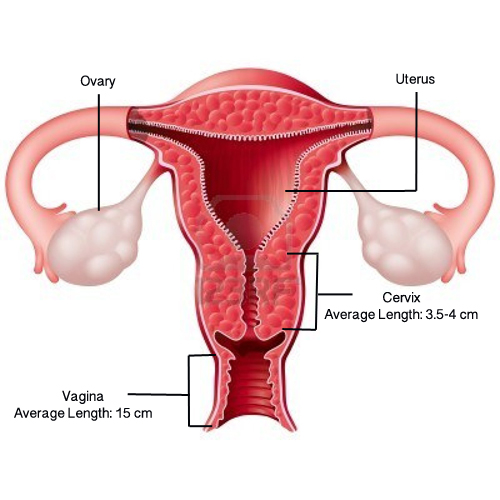
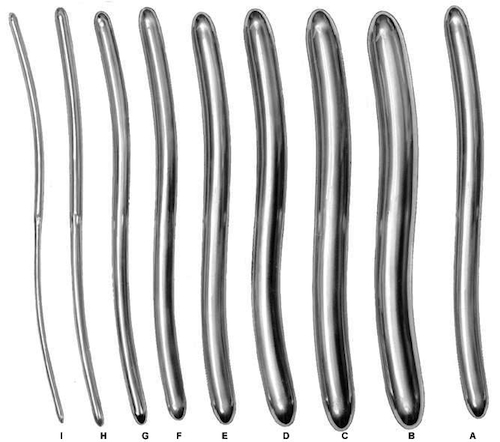
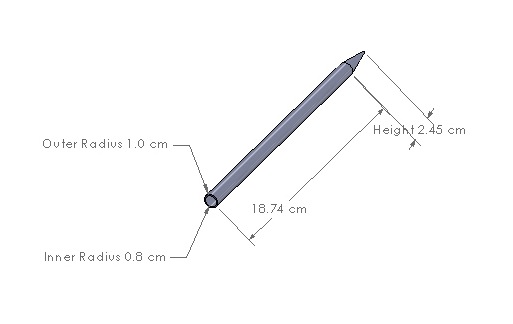
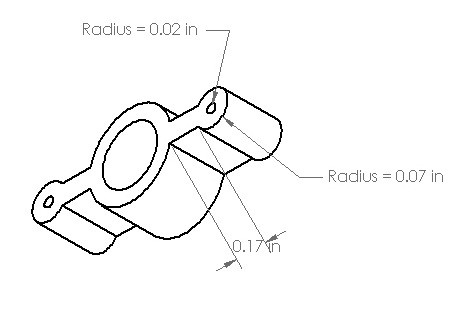
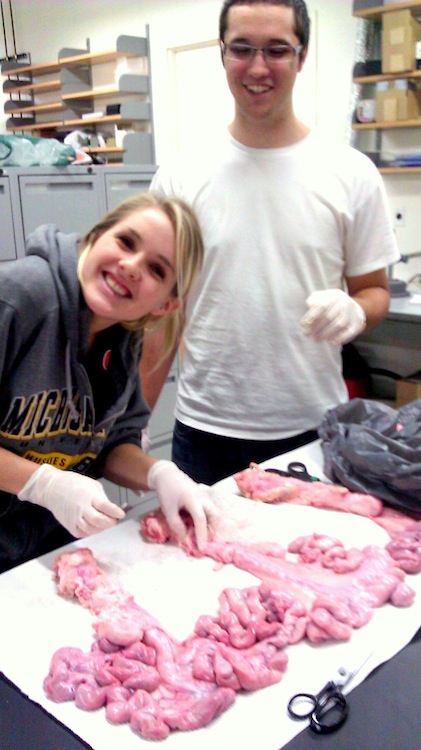
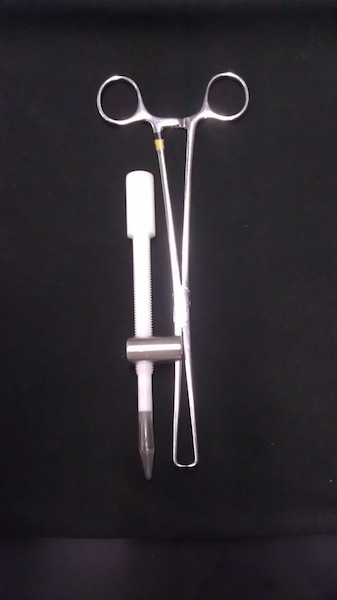
Files
- Mid-semester Presentation (October 23, 2012)
- PDS (October 23, 2012)
- Mid-semester Report (October 23, 2012)
- Final Presentation Poster (December 11, 2012)
- Final Report (December 11, 2012)
- Final PDS (December 11, 2012)
Contact Information
Team Members
- Alexandra Schmidt - Team Leader
- Ryan Lane - Communicator
- Megan Courtney - BSAC
- Michael Martinez - BWIG
Advisor and Client
- Prof. Randolph Ashton - Advisor
- Dr. Dan Lebovic - Client
